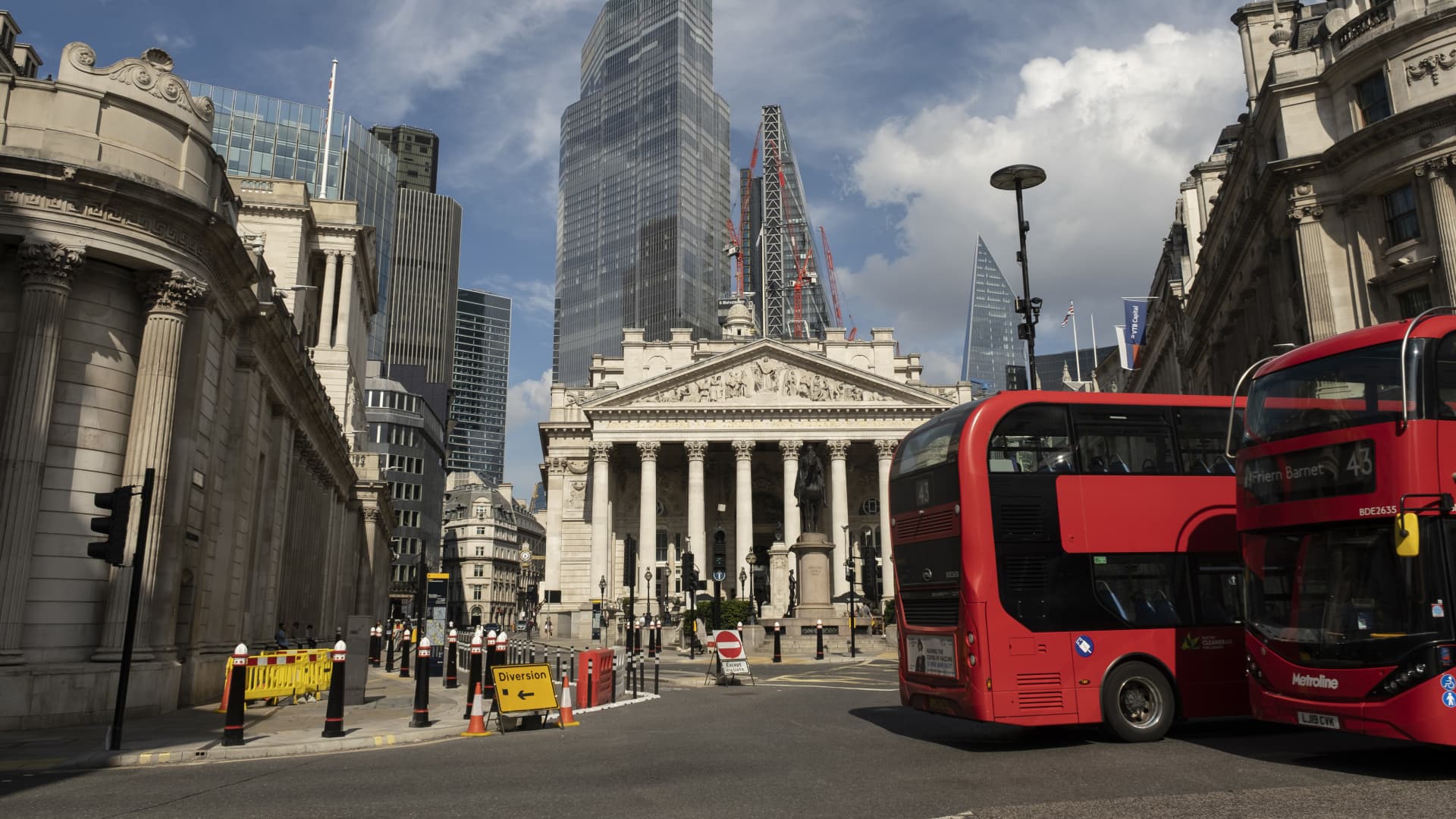The axe of deportation hangs on about 1.4 million illegal immigrants who once had the American dream. With the Donald Trump administration's crackdown on the borders and his vow to send back anyone who had entered the US illegally, the message is clear: the dream was a nightmare in waiting; that they would be sent back chained in planes.
The illegal route to the US involves unseen dangers, one could only get a glimpse on the adventure shows and documentaries. Illegally entering another country involves paying lakhs to human traffickers and "protection money" to the drug mafia. Many are raped and those unable to pay are killed. The next hurdles are the dense and inhospitable forests and diseases that do not spare all.
Known as the 'donkey' route in the Indian subcontinent, this isn't an easy way. Neither does it guarantee an American dream, but the trauma of a lifetime.
Read: "Process Of Deportation Not New": S Jaishankar On US Sending Back 104 Indians
If all the immigrants manage to reach the country of their choice, mostly the UK back in the 1980s and the US over the past decade, they must convince an immigration judge why they shouldn't be sent back. This is tricky and many claim a threat to life back home to seek refugee on humanitarian grounds. This doesn't have a 100% success rate.
Who Is Deported?
The Immigration and Customs Enforcement (ICE) is the custodian of the deportation process. According to the ICE, the US may detain and deport non-citizens who violate their visas, participate in criminal acts, and are a threat to public safety.
The immigrants who cross the border illegally or are trafficked by agents without valid documents are first detained and taken to a detention centre. They stay there until they are produced before the immigration court, which is under the Department of Justice. The court then reviews if the immigrant wants asylum and based on the circumstance, it orders removal.
Read: "Policy To Execute Immigration Laws": US Embassy On Deportation Of Indians
Before their deportation, they can also opt for voluntary departure at their own expense. In some cases, expedited removal of some non-citizens is also done without a trial.
After the removal order, the US government sends the migrants back - by air in the majority of the cases. In earlier cases, the US has used chartered planes to deport the migrants while the latest are being done by military transport aircraft.
Who Is Not Deported
Some immigrants may apply for asylum and are allowed to remain in the US if they manage to convince the judge they face risk to life if they return home. However, very few asylum cases are entertained.
Some may secure a Temporary Protected Status (TPS) when it's unsafe for them to return. However, only a handful of countries are designated for the TPS. As of March 31, 2024, around 863,880 have been living with the TPS in the US, according to the American Immigration Council.
Deferred Action for Childhood Arrivals (DACA) helps in delaying the deportation of some immigrants who had entered the US illegally with children.
Read: Handcuffed, Chained, Thrown Like Boxes: Indian Migrants' American Nightmare
The ICE may also release some immigrants who are not in mandatory detention if they believe they are not deemed to be a risk in public.
At least 1.44 million immigrants are on the ICE's "non-detained docket with final orders of removal", according to an official document accessed by Fox News. Nearly 18,000 of them are Indians and another 38,000 are from China. A big chunk - over 200,000 each - are from the Central and Latin American countries like Honduras, Guatemala, El Salvador, and Mexico.
India On Deportations
In an FAQ section on its website, India's External Affairs Ministry says that deportations are done when a foreigner violates immigration laws in another country. In most cases, it says, the Indian consulate will not be able to intervene to prevent such deportations.
"However, in cases where the Indian national concerned may not be at fault or feels he is being unfairly deported, this can be brought to the notice of the Indian Embassy or Consulate, so that it can be taken up with the local immigration authorities concerned," according to the ministry.
Criticism and Response
A US military jet on Wednesday returned 104 Indian immigrants who had entered the US illegally. A video shared by a US border official showed the Indians with handcuffs and their legs chained being packed off into the plane. This led to an uproar in the parliament on Thursday with the opposition criticising as inhumane the way the Indian immigrants were chained and returned.
Responding to them, Foreign Minister S Jaishankar said it is in the collective interest of the country to encourage legal mobility and discourage illegal movement. "It is the obligation of all countries to take back their nationals if they are found to be living illegally abroad," he told the Rajya Sabha.
He also shared figures of Indians deported from other countries every year since 2009 and said deportations have been happening for many years and the process is not new.

 2 hours ago
3
2 hours ago
3







